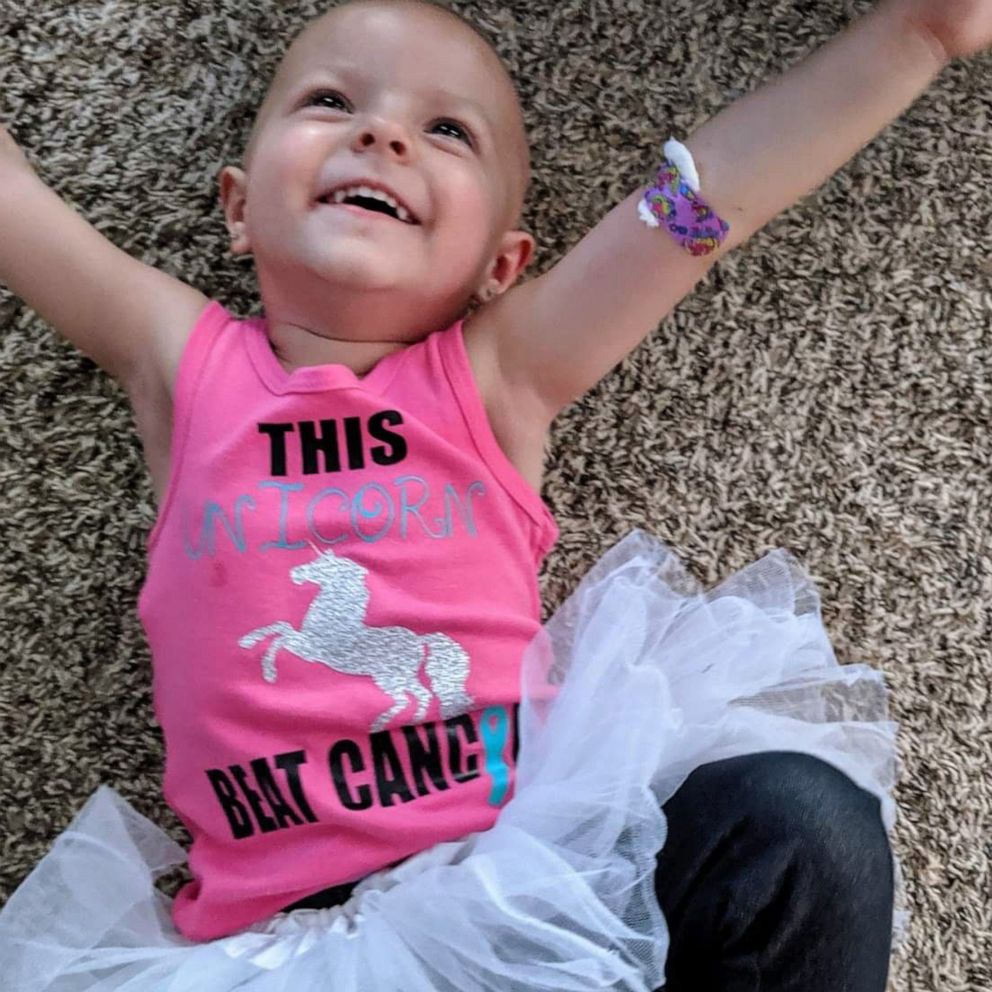Linda and Amanda
30 or so years ago
That little tyke now is the mother of two of my great grand children
My, how time does fly when you're having fun!
Peto’s Paradox
In a nutshell: What causes a
cancer? Well, fundamentally, a cancer
arises when a cell divides incorrectly, affecting the functionality of “oncogenes”
and “tumor-suppressor genes”. It
follows, does it not, that the more cells you have, the more likely you are to
develop a tumor? Thus, elephants ought
to be much more likely to die of cancer than humans, and truly colossal whales
should be almost impossible to exist.
But there are elephants, and there are whales – and neither is nearly as
susceptible to cancer as you and I. Why?
Well, maybe
it’s environment. We know now that environment
somehow influence life and heredity by festooning
the DNA molecule with “markers” that determine which genes are expressed –
translated into proteins. Whales live in
salt water and eat fish: maybe that helps reduce the probability of a
pernicious mutation occurring. However,
elephants live on land, roll in mud, and eat grass – and they are similarly
protected. So it isn’t environment. Perhaps if we rolled in mud several times
each day, washing it off with salt water, and lived on raw fish washed down
with liquid extract of kale, we would have less cancer. Somehow, I doubt it.
The research
described in this article canters on the well-known tumor-suppressor gene
TP53. TP53 codes for a protein called
p53 which tells a “broken” cell not to duplicate its DNA and reproduce. In effect, it serves as a cellular grim
reaper. Whales and elephants have TP53
genes very much like our own – but somehow much more effective. Or maybe they simply have more of them. Whatever.
Research is ongoing. Stay tuned.
I have
written about this before:










